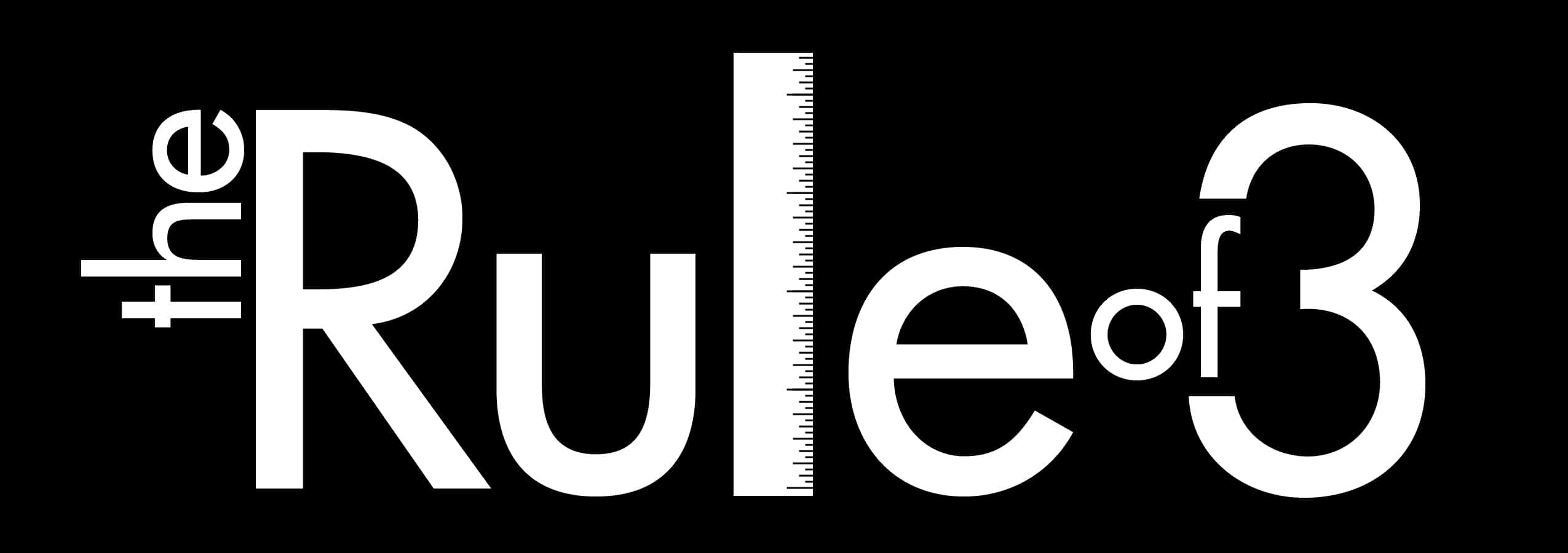Veni, Vidi, Vici
Summary Insight:
Alignment scales. Confusion kills. Use the Rule of 3 to focus your team, sharpen execution, and stop wasted motion in its tracks.
Key Takeaways:
- The brain remembers three—use that to drive clarity.
- Short, sticky objectives align the whole org fast.
- If it doesn’t map to the 3, cut it.
I met with the CEO of a fast-growing high tech company this week. This company (we’ll call it Company X) has grown from $100M to $400M over the past three years and plans to be a billion dollar business within the next three. We got together to discuss the challenges of keeping everyone in the company focused on the most important things. It’s a classic challenge. In fact, if you ask any leader of a fast-growing organization what are his or her three biggest challenges, you’ll hear “keeping everyone on the same page” as one of the top responses. How you help to do that is the subject of this article. And a powerful answer lies in the rule of three.
In the 4th century BC, Aristotle spoke about the rule of three – how the human mind tends to easily remember three things but forgets four or more. Every great communicator through the centuries has recognized and used the rule of three:
“Veni, Vidi, Vici” (I came, I saw, I conquered) – Julius Ceasar
“Friends, Romans, Countrymen” – William Shakespeare
“Life, liberty, happiness” – Thomas Jefferson
“Blood, sweat, and tears” – Winston Churchill
Notice too how common sayings are also often structured by the Rule of 3:
“Body, mind spirit”
“Tall, grande, venti”
“Learn your ABCs and 123s”
“Reduce, reuse, recycle”
“The 3 Rs – reading, writing, arithmetic”
Similarly, Company X has used the rule of three to help its staff focus on the most important things, as well as to recognize and stop work that isn’t focused on those things. Here’s how they did it.
First, the company limited itself to only three strategic objectives: 1) Top of mind, 2) Happy clients, and 3) Global growth.
Besides the fact that there are only three statements, notice that they are short and simple. Each one also raises many questions about what it means exactly – and that’s by design, because it gives company leadership the opportunity to discuss each one in new and creative ways without sounding like a broken record. Notice, too, that it’s as easy for the VP of customer service to recall the three as it is for an entry-level customer service rep.
Company X actively measures and reports on their performance across each area using online metrics, surveys, and focus groups. Periodically, the company has an all-hands meeting to discuss strategic objectives, review past and current performance, and set new targets. The CEO makes sure everyone understands that they are being asked to support these objectives and that they will ultimately be measured against them. Even more critically, if anyone in the company feels the business is engaged in an activity that doesn’t directly support these objectives, they should raise hell. In addition, business unit objectives such as sales, gross margin, and retained earnings, all tie into one or more of the three strategic objectives.
When it comes to your own efforts to keep everyone on the same page, you’d be well served to follow the rule of three. Begin by listing your company’s multiple strategic objectives. Group them into three primary categories that express the core of your strategy. Then find short, memorable words to capture each one. Finally, make those three primary objectives a constant focus in your organizational communications. One way to do this is to reiterate them in different ways and show how everyone’s work, at all different levels, ties into each objective. Everyone in the company must understand what each objective means, why it’s important, and how their own work makes an impact toward the company’s success.




